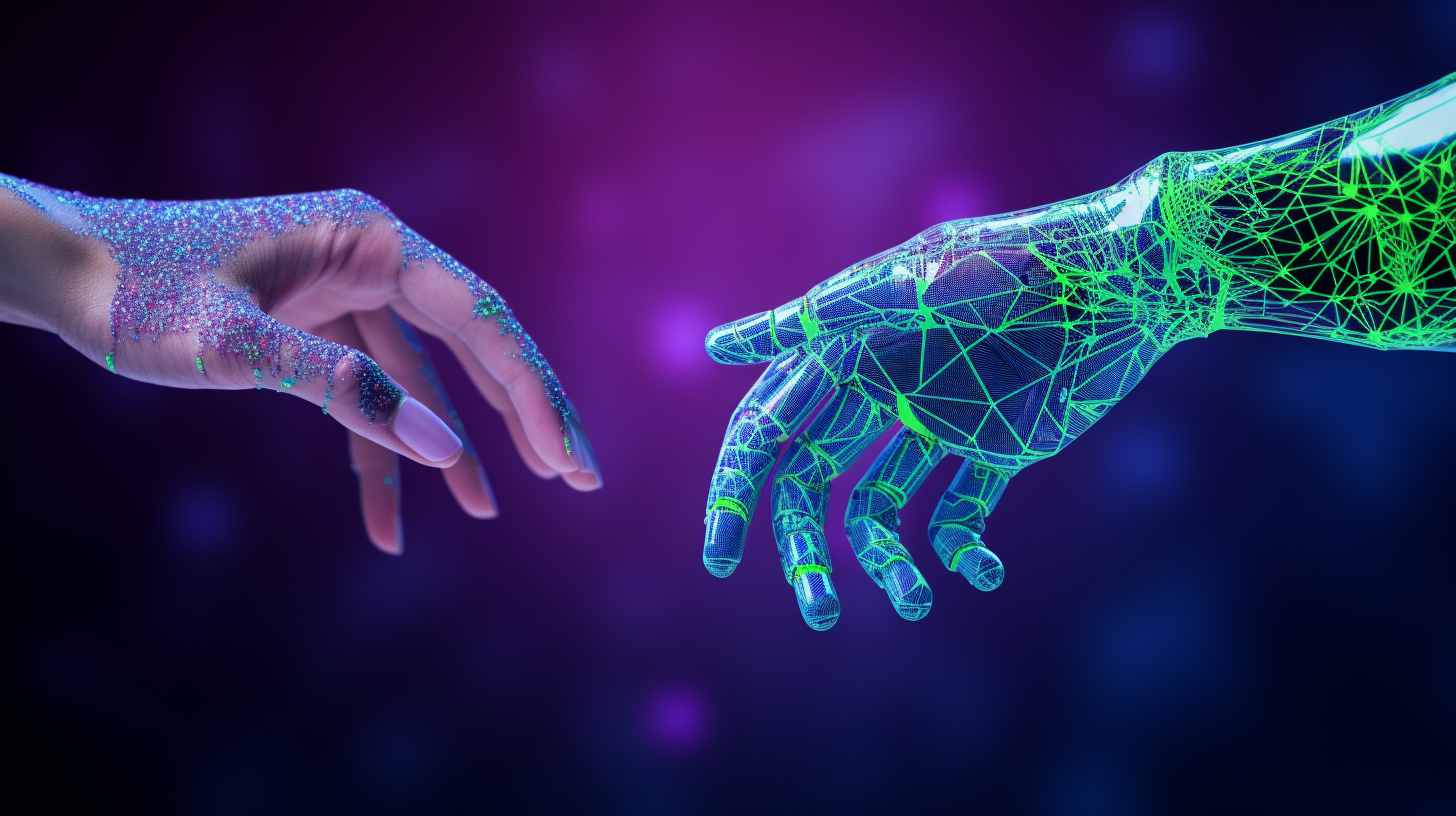
In recent years, the realm of artificial intelligence has witnessed a fascinating evolution: the rise of generative AI. This groundbreaking technology has been stirring up excitement across various industries, from art and music to literature and design. But what exactly is generative AI, and why is it garnering so much attention? Let’s delve into this intriguing phenomenon and uncover its potential to revolutionize creativity.
Generative AI refers to a class of algorithms that can autonomously generate content, such as images, text, audio, and even video, mimicking human-like creativity. Unlike traditional AI systems, which are primarily designed for specific tasks like classification or prediction, generative AI is inherently creative, capable of producing original and often unpredictable outputs.
At the heart of generative AI lies the concept of neural networks, specifically generative models like Generative Adversarial Networks (GANs) and Variational Autoencoders (VAEs). These models learn from large datasets to understand the underlying patterns and structures within the data. Once trained, they can generate new data samples that closely resemble the ones they were trained on.
One of the most mesmerizing aspects of generative AI is its ability to produce novel and diverse outputs. For instance, GANs have been employed to generate hyper-realistic images of human faces, landscapes, and even imaginary creatures that seem straight out of a fantasy realm. These AI-generated artworks often blur the line between what’s real and what’s artificially generated, sparking debates about the nature of creativity and authorship.
But the applications of generative AI extend far beyond visual art. In the realm of music, AI algorithms can compose original pieces in various genres and styles, from classical symphonies to modern electronic beats. These AI-generated compositions not only demonstrate technical proficiency but also showcase a level of creativity that challenges our preconceptions about human ingenuity.
Furthermore, generative AI is making waves in literature and storytelling. Text generation models like OpenAI’s GPT (Generative Pre-trained Transformer) series are capable of producing coherent and contextually relevant passages of text, mimicking the writing style of specific authors or generating entirely new narratives. Authors and content creators are experimenting with these AI tools to augment their creative processes, generating ideas, characters, and plotlines with the assistance of machines.

In addition to its creative potential, generative AI is also poised to revolutionize various industries, including fashion, gaming, and healthcare. Fashion designers can use AI to generate new clothing designs and predict upcoming trends, while game developers leverage generative algorithms to create immersive virtual worlds and dynamic gameplay experiences. In healthcare, generative AI is aiding in drug discovery, medical imaging analysis, and even personalized treatment plans, revolutionizing the way we approach healthcare and biomedical research.
However, with great power comes great responsibility. As generative AI continues to advance, ethical considerations surrounding its use become increasingly pertinent. Issues such as bias in training data, intellectual property rights, and the potential misuse of AI-generated content need to be addressed proactively to ensure that this technology serves the greater good.
In conclusion, generative AI represents a paradigm shift in how we perceive creativity and innovation. By harnessing the power of machine learning and neural networks, we can unlock new frontiers of artistic expression, scientific discovery, and technological advancement. While the journey towards fully autonomous creativity may still be ongoing, the possibilities that generative AI presents are boundless, offering a glimpse into a future where machines and humans collaborate to push the boundaries of imagination.
Published by KRISHNENDU MANDAL





0 Comments